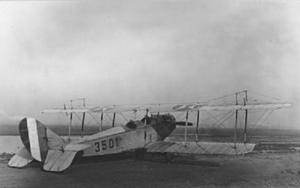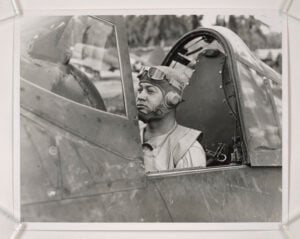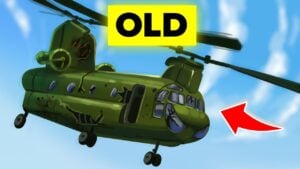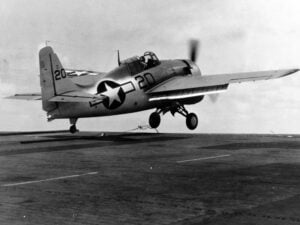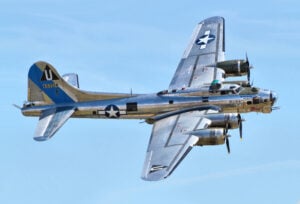How WW2 Planes Countered Searchlights
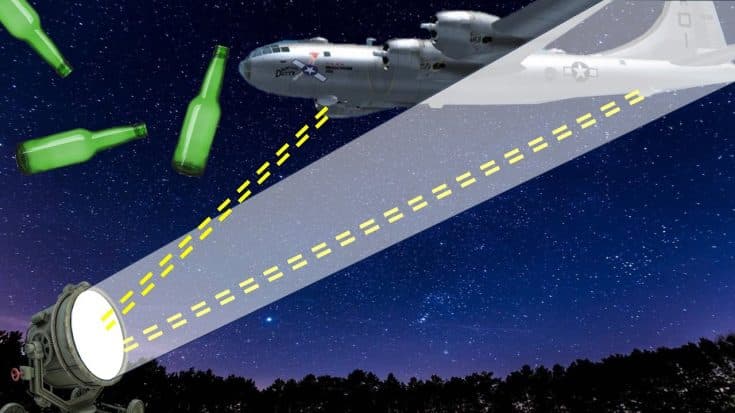
YouTube / WWII US Bombers
We’ll review some of the searchlight countermeasures and tactics bombers used to reduce the likelihood of shooting them out with bomber guns. These strategies varied from dropping beer bottles to shooting out the searchlights to de-synchronizing the bomber engines.
Effective Countermeasures
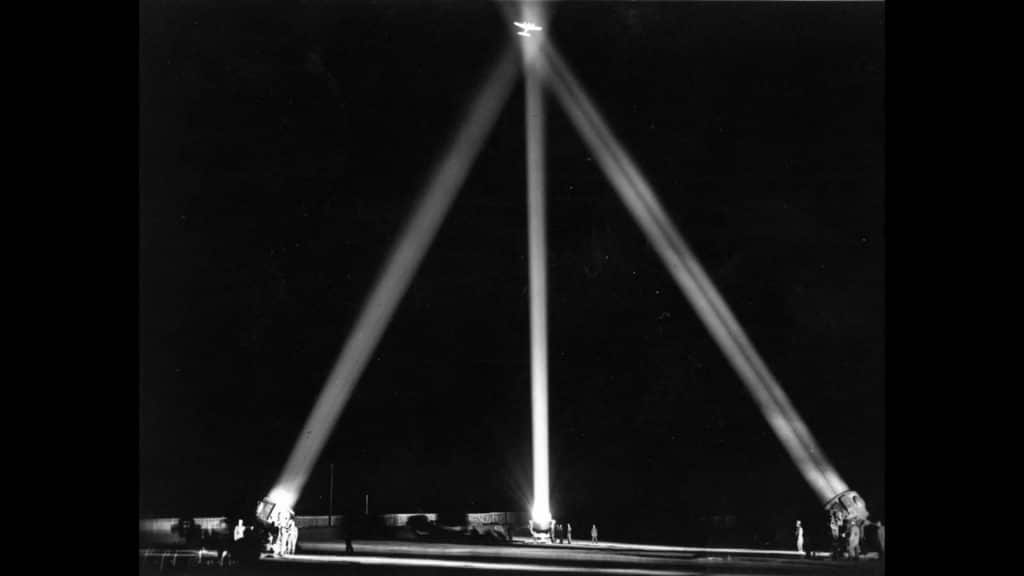
The Allies used radar countermeasures that rendered the gun-laying radar system inoperative. These countermeasures virtually paralyzed German and Japanese gun and searchlight laying radar.
To keep from being coned by searchlights, you need to defeat its tracking radar which could be done by chaff or electric jamming, sound director, and a visually directed searchlight itself.
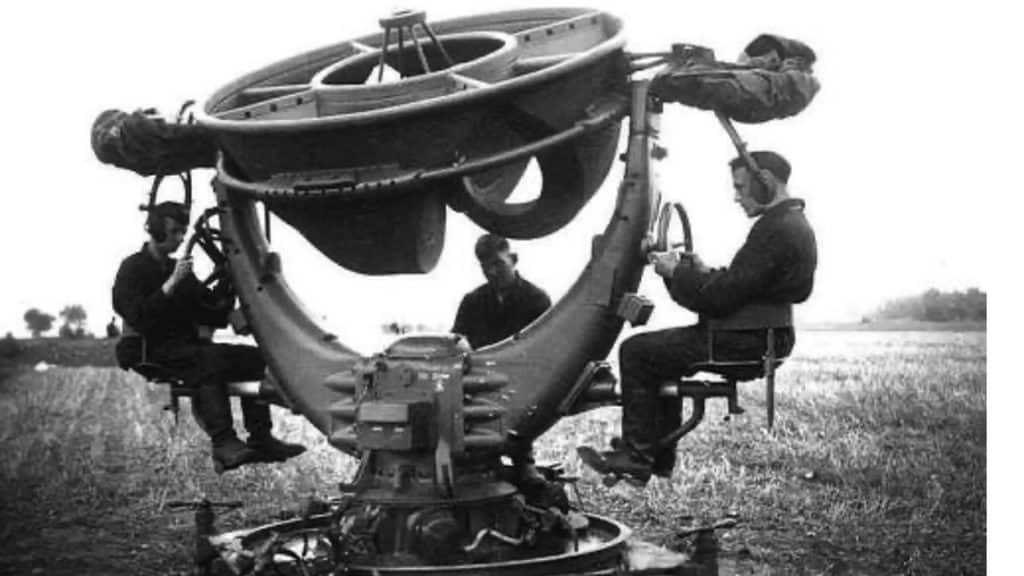
If a bomber can defeat both the radar and sound locators, searchlight crews wouldn’t be able to pick up the bomber. There are several tactics to defeat the sound locator.
For instance, a bomber can take advantage of the sound time lag. Sound locators have to track the bomber for a minimum duration to calculate future position. If the bomber takes evasive action, the sound director’s computer will struggle to accurately predict the future position of the bomber.
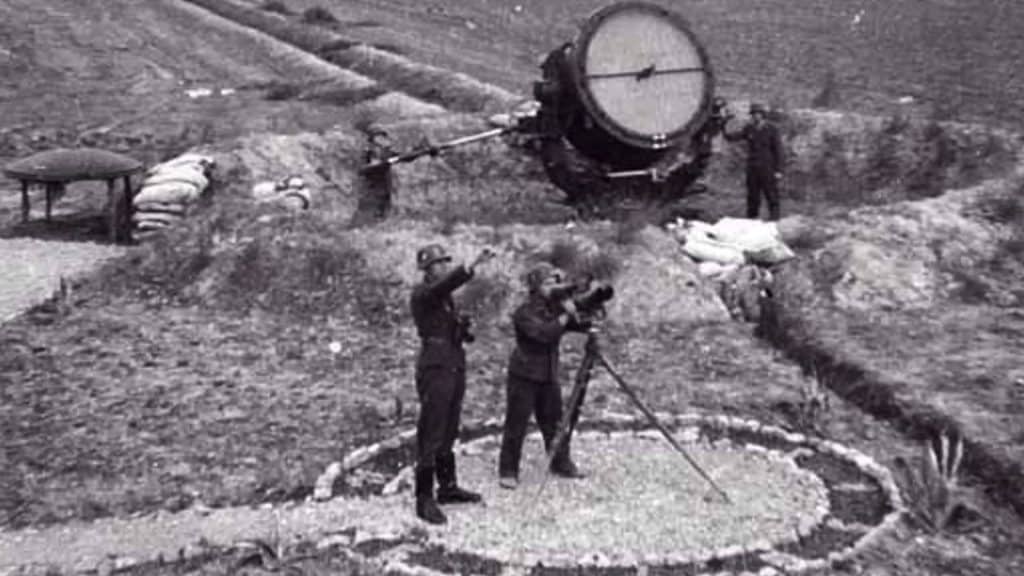
A bomber can also de-synchronize their engines. B-29s have had some success using this tactic. Sound director operators will try to balance the bomber engine sound. This will be difficult or impossible if the engines have been de-synchronized. A bomber couldn’t be heard at altitudes above 6,000 ft. if the engines have been throttled back.
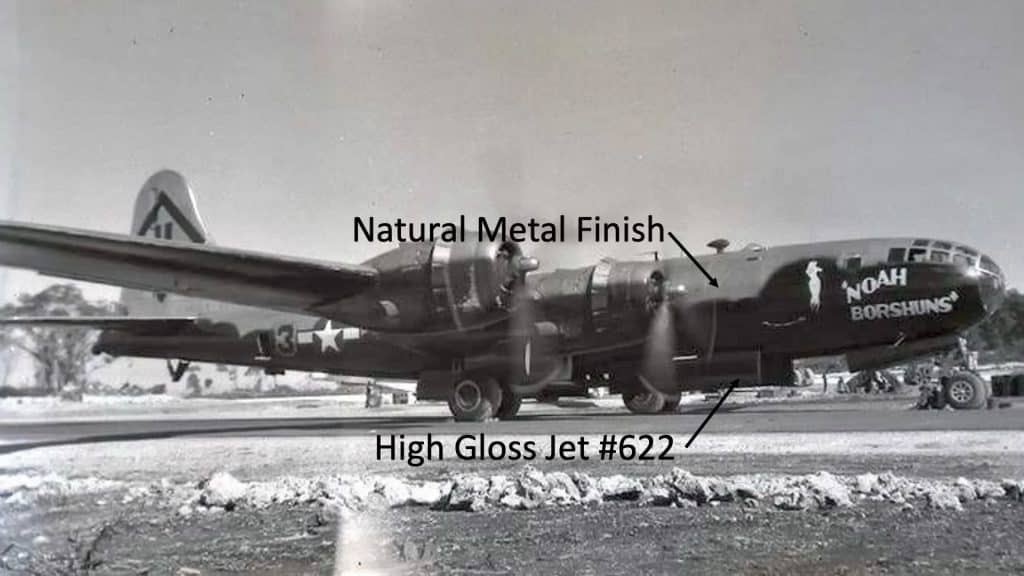
Paint, Beer Bottles, Shooting Searchlights

Crews indicated that dropping open beer bottles has caused flak batteries to hold their fire and turn the searchlights off. The noise of falling beer bottles makes an unnatural wailing sound that will confuse the sound directors. Other search light countermeasures can also be painting the bomber with a search light-resistant reflective paint.
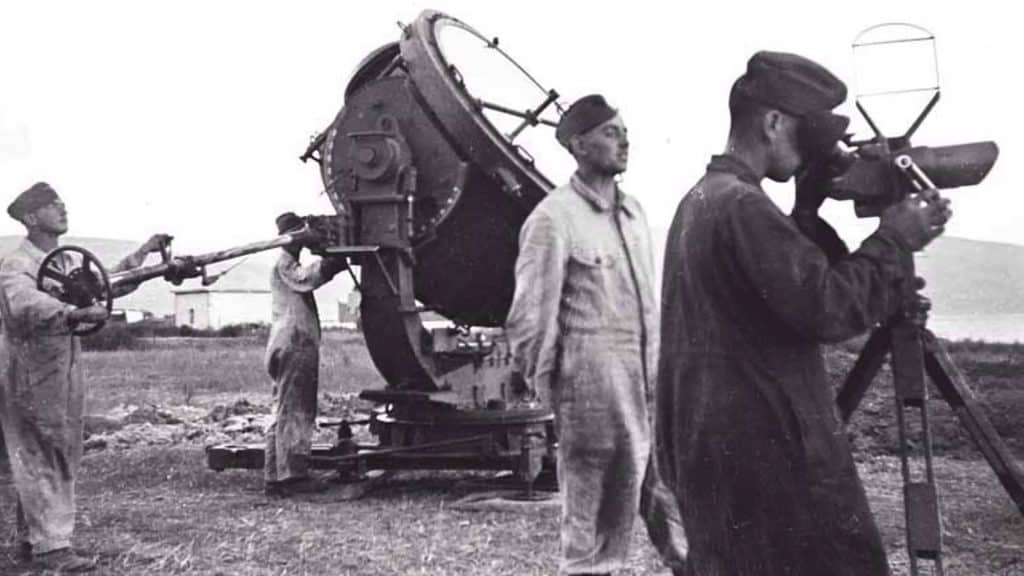
Furthermore, an analysis document showed that searchlights were a crucial part of Japan’s ability to attack bombers with flak guns. So, at altitudes of 5,000 ft. gunners were confident they could take out the lights with the bomber’s 50-caliber machine guns. Crews indicated that Japanese searchlights were turned off when under strafing attacks.














